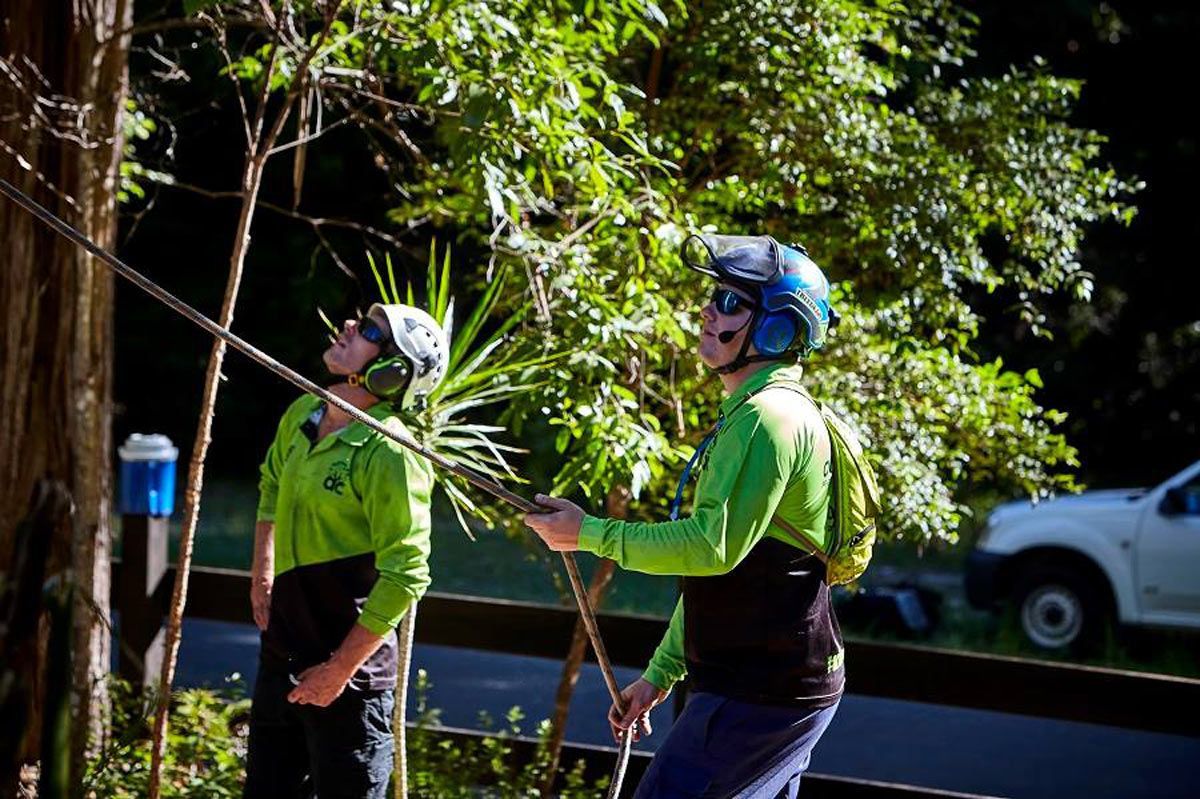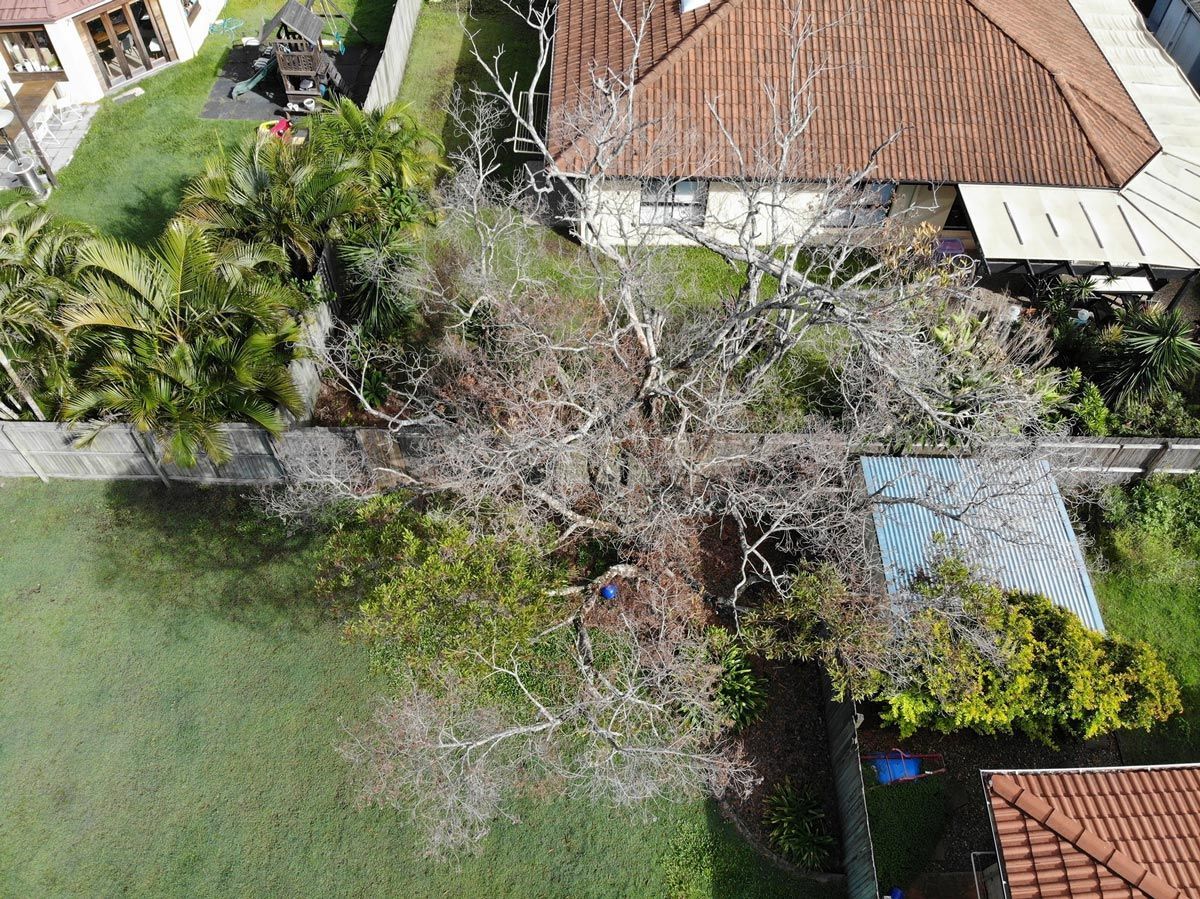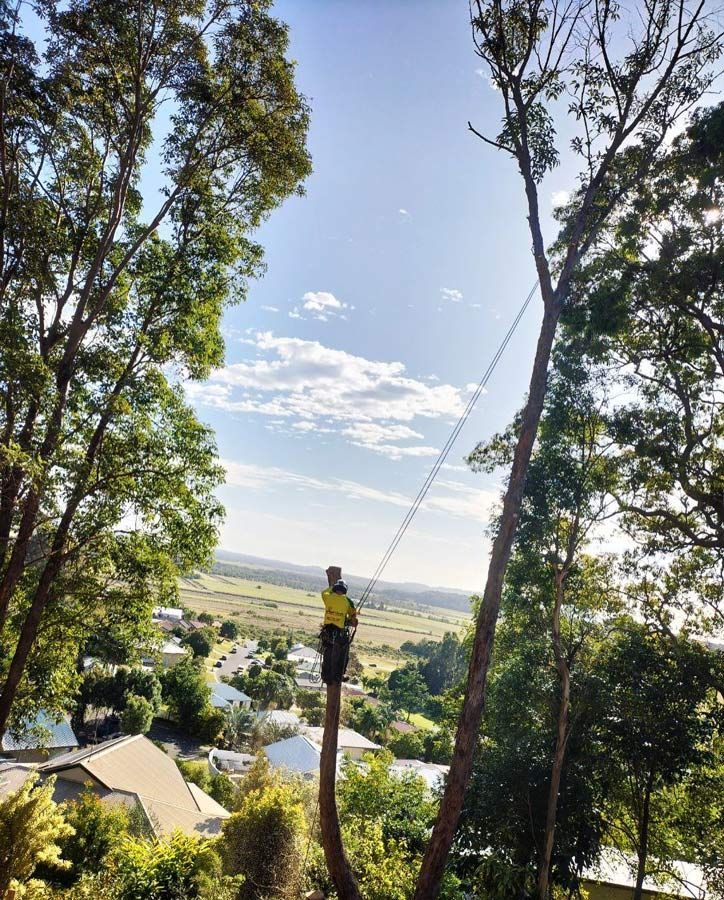8 Signs You Need To Schedule Tree Removal Services ASAP
Trees offer beauty, shade and structure to any property, but they can also pose a serious risk under certain conditions. Some trees need to be removed for the safety of your home and those around it, whether it's due to age, storm damage or disease. If you're living in a storm-prone area or managing older trees, it’s essential to know the signs indicating urgent attention. Engaging a certified arborist for a professional inspection ensures you’re not caught off guard by an unexpected tree collapse.
Let’s look closer at the key warning signs that suggest contacting a professional arborist immediately.
1. Leaning Trees That Weren’t Leaning Before
If a tree that once stood tall suddenly develops a lean, it could signify root instability or internal decay. While some trees naturally grow on a slant, any noticeable change in angle—especially after heavy rains or strong winds—should be investigated. Ignoring this issue could lead to complete tree failure, especially if it's leaning toward a structure or pathway.
- Leaning can be caused by root plate movement or soil saturation
- Trees with compromised anchoring may fall without warning
- Certified arborists can assess stability and recommend safe removal if needed
2. Severe Storm Damage or Broken Branches
Storms can take a major toll on trees, leaving behind cracked trunks, hanging limbs and damaged canopies. Even if a tree appears to have survived unscathed, structural issues could be hidden from plain sight. It’s wise to arrange a post-storm assessment if you suspect damage.
- Broken limbs may fall later, increasing injury risk
- Damage to the trunk or major branches can affect long-term health
- Trees near power lines or roads should be inspected as a priority
3. Visible Signs of Disease or Pest Infestation
Tree diseases and pest infestations often begin silently, showing no outward symptoms until the damage is well underway. Over time, the tree's health declines as fungi, bacteria, or insects attack its internal structure. Once signs like fungal growth, peeling bark or oozing sap appear, the infection is often widespread.
If not addressed early, the tree may become structurally unstable, increasing the risk of failure during high winds or storms. Even worse, infected trees can spread disease to other healthy vegetation on your property, especially if they are closely spaced or of the same species.
- Look for white fungal growths, oozing sap or peeling bark
- Infestations from insects like borers or beetles weaken structural integrity
- Early intervention by an arborist can sometimes save infected trees
4. Roots Are Lifting Driveways or Damaging Foundations
Tree roots naturally expand as trees grow, but they do more harm than good when they disrupt driveways, footpaths or building foundations. Invasive roots are a tripping hazard and can cause serious and costly structural issues if left untreated.
- Cracked concrete or uneven paving may indicate root activity beneath
- Roots invading underground plumbing can lead to drainage issues
- Large root systems often require full tree removal to protect infrastructure
5. A Hollow Trunk or Cracks in the Bark
Trees with hollow trunks or large cracks might still produce leaves and appear outwardly healthy, but their structure could be compromised internally. These defects often result from long-term decay, fungal infection, or pest damage that slowly eats away at the tree’s core.
Hollow sections reduce a tree’s ability to support its own weight, especially during storms or high winds, making collapse more likely. Similarly, vertical cracks or splits in the bark indicate physical stress and can be entry points for pests or diseases. These structural issues can quickly become safety hazards—particularly when the tree is located near homes, footpaths, driveways, or children's play areas.
- Internal cavities weaken the tree’s load-bearing capacity
- Cracks running along the bark suggest instability and stress fractures
- Hollow trees near buildings, play areas, or driveways should be removed promptly
6. Excessive Leaf Drops or Dead Limbs
While seasonal leaf loss is normal, excessive or out-of-season shedding may indicate a stressed or dying tree. Similarly, the presence of large, dead branches—also known as “widow makers”—can signal decay or disease and are particularly hazardous during high winds.
- Dead limbs can snap off and cause injury or property damage
- Premature leaf drop might result from drought stress or root damage
- Regular pruning or removal by a tree service can mitigate safety concerns
7. Tree is Crowding Structures or Utility Lines
As trees grow, their limbs can extend over rooftops, fences and powerlines, increasing the likelihood of accidents and regulatory breaches. It’s not just a matter of convenience—trees too close to structures can cause significant property damage or create fire hazards during storm season.
- Overhanging branches can damage roofing tiles or gutters
- Proximity to powerlines presents a serious electrical safety risk
- Local council regulations may require clearance distances from utilities
8. Unstable or Waterlogged Ground Around the Base
The condition of the soil surrounding a tree plays a critical role in its overall stability. When the ground becomes overly saturated or begins to shift, the tree's root system may no longer be able to anchor it properly. This often happens after prolonged rainfall or in areas with poor drainage. Waterlogged soils reduce oxygen availability to the roots, causing them to weaken and rot over time.
As a result, even otherwise healthy trees may suddenly fall over, especially during stormy or windy weather. This risk increases significantly on sloped land or near embankments, where erosion further undermines the root zone.
- Pooling water around the trunk can indicate drainage problems
- Soil movement or cracks in the ground suggest root plate instability
- Heavy rains followed by high winds are a common trigger for uprooted trees
Rely on Us for Professional Tree Removal on the Sunshine Coast
At Arborclimb Tree Services, we know that early detection of these issues can prevent costly damage and unnecessary risk. Our team offers professional tree services on the Sunshine Coast, handling everything from emergency removals to planned maintenance. If you’ve noticed any of the signs mentioned above—or even if you’re just unsure—get in touch via our contact page or give us a call for a consultation. Contact us today!










